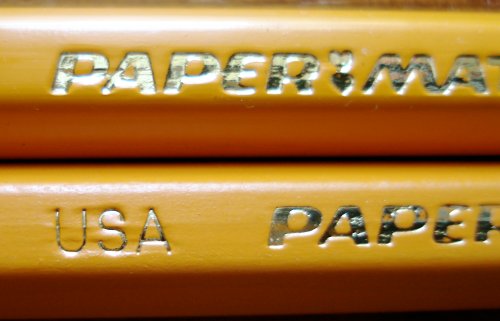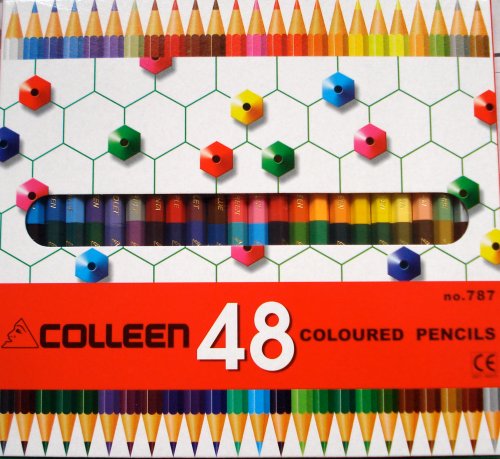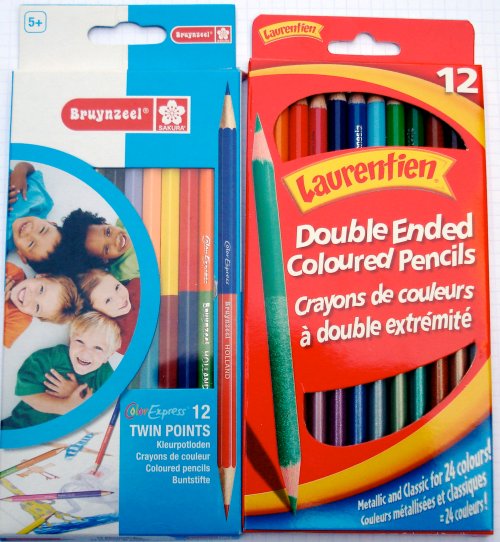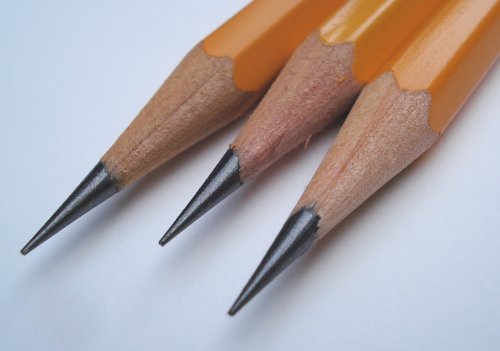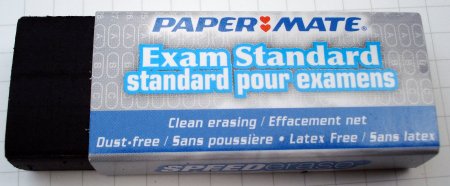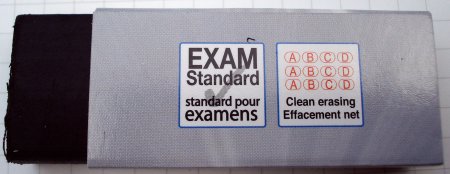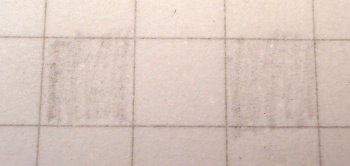Out of thousands of pencil brands, are there any with a more devoted national following than the Mongol brand has in the Philippines?
A 1999 stamp issued by the Philippine Postal Corporation commemorated the Mongol’s 50th anniversary in the country:

Wikipilipinas claims that the Mongol name is now synonymous for “pencil” in the Phillipines!
And a search for “Mongol pencil” via Google reveals that the brand is still very active in that country. In fact, it is more than active – how many countries have national literacy campaigns with celebrity endorsements, issuing woodcase pencils as their symbol?
Please see Celebs join Mongol pencil advocacy for details.
The Mongol name comes from the former Eberhard Faber pencil company in the US. I don’t know what year was the last for the Mongol in the US. In 2005, Woodchuck mentioned the continued existence of the Mongol name in Venezuela.
It turns out the pencils were also being made under license by Ampsec in the Philippines.
An online store in the US started selling the Amspec version. In 2007, pencil talk compared them with the original Mongol.
The only full online review of the Amspec version is at the now defunct Blyantsiden blog.
While I can’t read Norwegian, I do understand “2/6”, and don’t disagree.
So at some point Amspec stopped making the Mongol, though the brand didn’t disappear – it is now distributed by Star Paper. Noticeably absent is the statement that the pencil is made in the Philippines. On the other hand, Newell-Rubbermaid’s name achieves new prominence.
A comment at Timberlines suggests the pencil may in fact be imported from Venezuela!

So keeping in mind the special role that the Mongol pencil has in Philippine culture, we have a truly unique offering – a limited edition Mongol from the “iamninoy-iamcory” campaign, which is sponsored by the Ninoy and Cory Aquino Foundation.

Ninoy was a prominent opposition leader, assassinated in 1983. His spouse Corazon (Cory) eventually ousted the Marcos regime, restoring democracy. National heroes, this pencil is endorsed by their daughter Kris Aquino. The pencil is truly rich in political and national themes.

The association of a pencil brand with charitable, educational, and political causes at this level appears unprecedented. The Mongol pencil seems to truly be loved in the Philippines!



